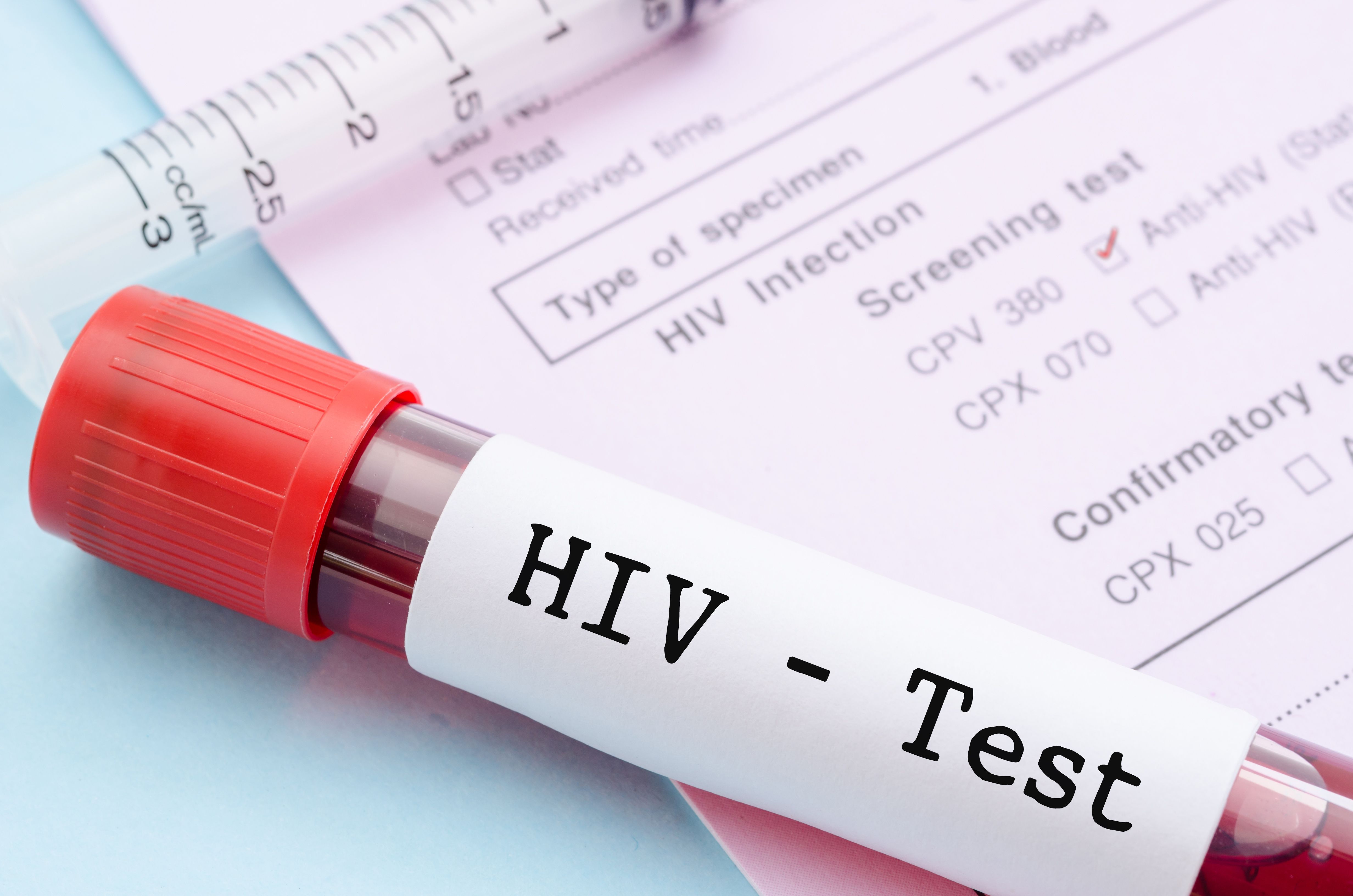News
Article
Interventions to Improve Health Promotion for HIV Testing Should Consider Cultural Factors, Community Testing
Author(s):
Health promotional strategies should account for social contexts and cultural perspectives to increase the number of individuals who choose to test for HIV.
Health promotion strategies that consider a socio-ecological model may be help increase the number of men who have sex with men (MSM) and transgender women (TGW) who receive testing for HIV, according to a review published in BMC Public Health.
Image credit: gamjai | stock.adobe.com

“Health promotion has the potential to contribute to a global change in testing services so that services incorporate equitable benchmarks that promote health, strengthen subjects in the face of epidemics, and recognize and support the political power of communities,” the study authors wrote in the article.
The COVID-19 pandemic decreased the availability of HIV testing for people living with HIV (PLHIV). Reduced testing exacerbates inequalities, makes it more difficult to control the HIV epidemic, and reduces access to care. Testing is important because it provides the patient their serological status, which allows them to access anti-retroviral therapy (ART), i.e., post- and pre- exposure prophylaxis (PEP and PrEP, respectively). ART can reduce viral load enough to prevent HIV transmission between partners.
TGW and MSM are particularly vulnerable to HIV—they make up 65% of HIV infections—and require access to testing. However, they face barriers such as discrimination from HIV testing services, inflexible government agendas, and other socio-cultural barriers.
Moreover, interventions and health promotion policies/programs are necessary to increase HIV testing for this population, accounting for the patients’ social contexts and cultural perspectives. In this study, investigators map evidence of health-promotion of HIV testing for MSM and TGW at different social levels (individual, organizational, and societal), identifying the barriers to HIV testing and possible strategies to improve outcomes.
Primary barriers to self-testing at the individual level include technical difficulties associated with the test, and fear of a positive test. Low education was considered a major barrier to performing conventional testing, thus health promotion initiatives to improve self-testing could take the form of tutorials on social platforms, increasing patient trust and the number of people who test.
At the organizational level, barriers preventing MSM and TGW from testing were largely bureaucratic (i.e., charging for testing), difficulty following testing instructions, mistrust in results confidentiality, discrimination and harassment, long queues, and a lack of non-invasive testing methods or peer counselors. Another barrier noted was far travel distance to testing sites.
Organizational-level strategies to improve testing include provider-initiated testing and counseling (PITC), which dually increased testing accessibility and reduced testing stigma in Spain. Other strategies include Opt-Out law testing and mobile and partner testing.
At the social level, there should be more strategies for distributing peer tests through social support networks. This could be especially useful to increase the number of Black MSM and TGW who test. In addition, being able to provide patients with a community of social support during a self-test can make up for a lack of professional counseling during the test.
“[This can] encourage individuals to regularly test themselves and seek health care,” the study authors wrote.
The entire study is based on the concept of the social-ecological model, made up of 3 levels (elements) in society: the individual level includes characteristics such as lifestyle; the organizational level describes cultural and organizational services that influence aspects of the environment; and the social level describes the role of community in health promotion.
There are still health services and systems that contain organizational and structural deficits and bureaucratic barriers. These systems are not prepared to perform HIV testing for MSM and TGW, but new intervention strategies can push more vulnerable populations to receive HIV tests.
The authors concluded, “the main interventions for health promotion in relation to HIV testing based on the socio-ecological model are models of cultural changes in health, promotion of community health, initiatives of non-discriminatory public policies…and community testing programs.”
Reference
Freitas CAM, Ross TA, Dourado I, et al. Mapping evidence on health promotion in HIV testing among men who have sex with men and transgender women using the social-ecological model and the vulnerability theoretical framework: a scoping review. BMC Public Health 23, 2023. DOI:10.1186/s12889-023-16860-9
Newsletter
Stay informed on drug updates, treatment guidelines, and pharmacy practice trends—subscribe to Pharmacy Times for weekly clinical insights.






